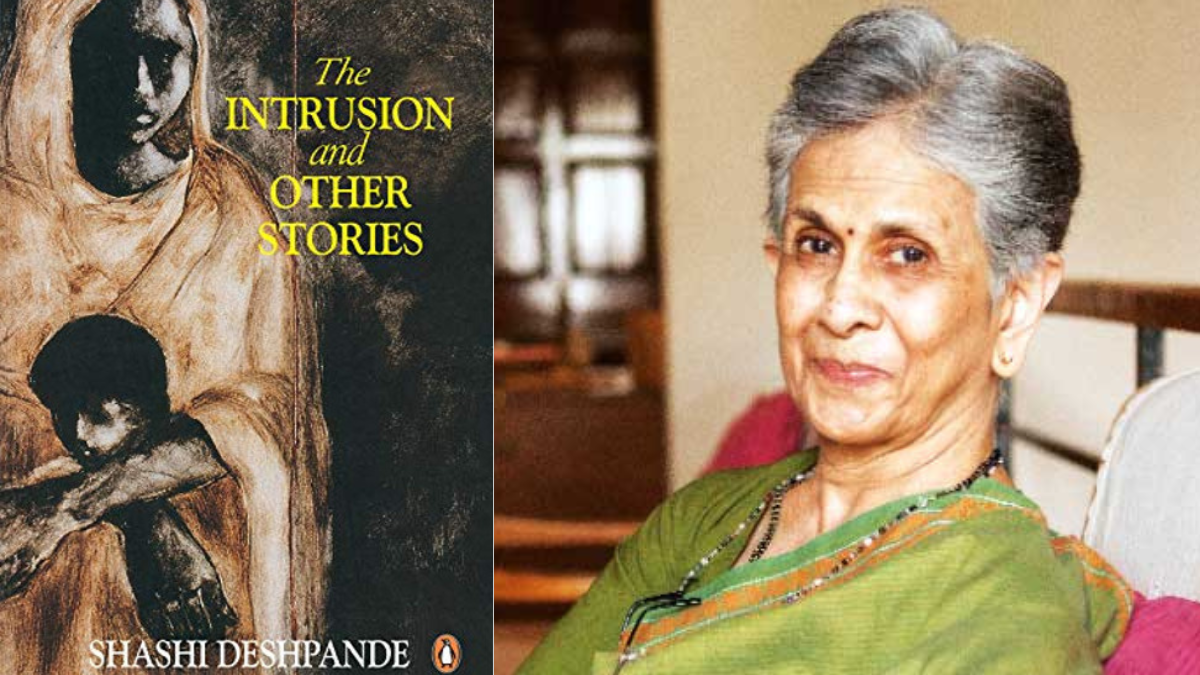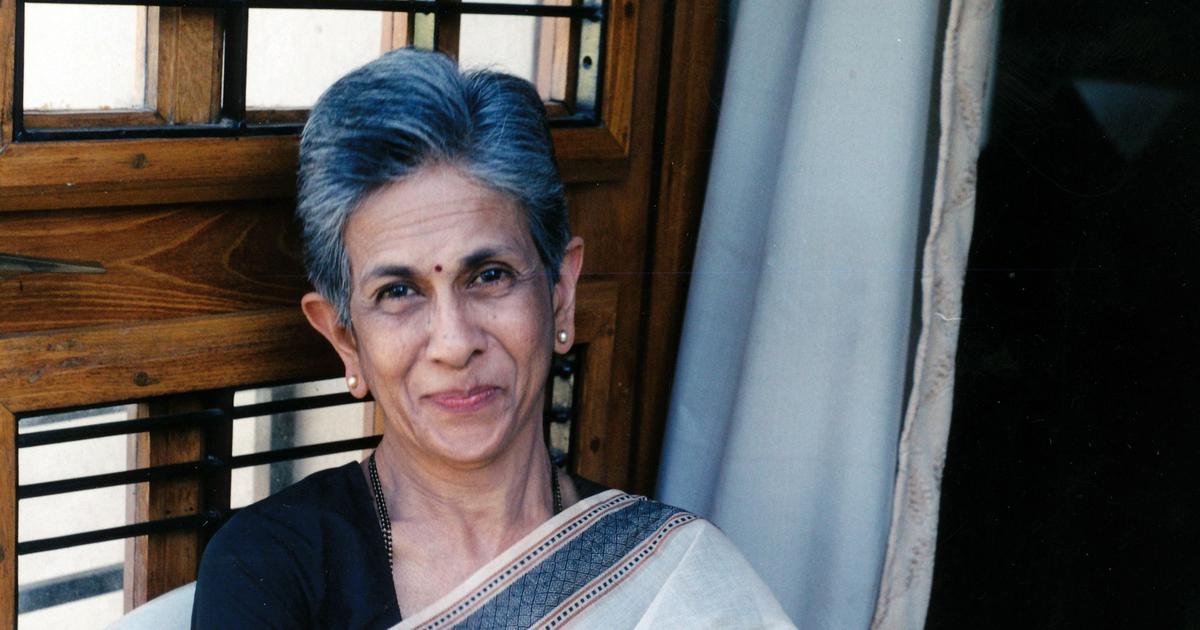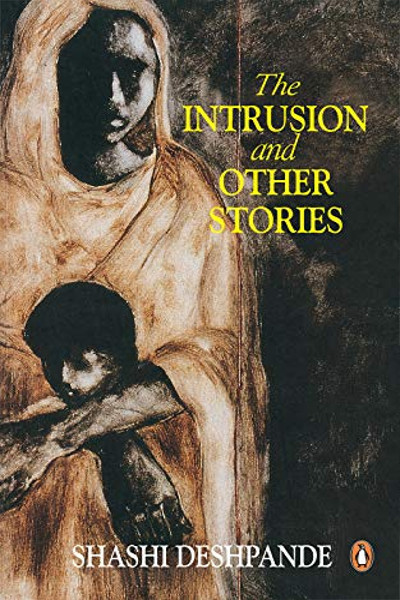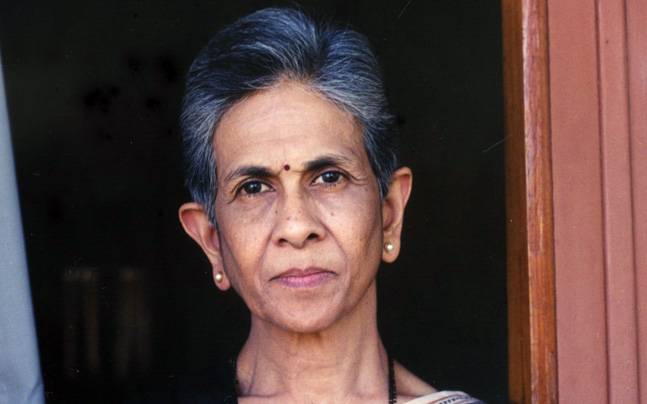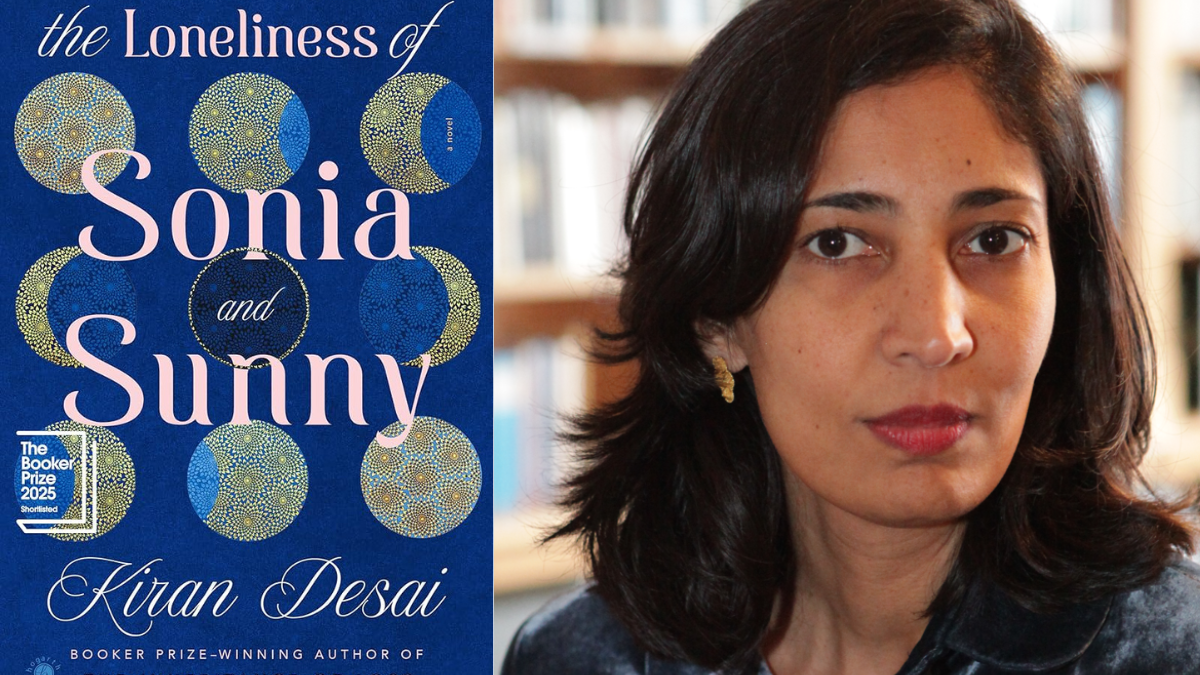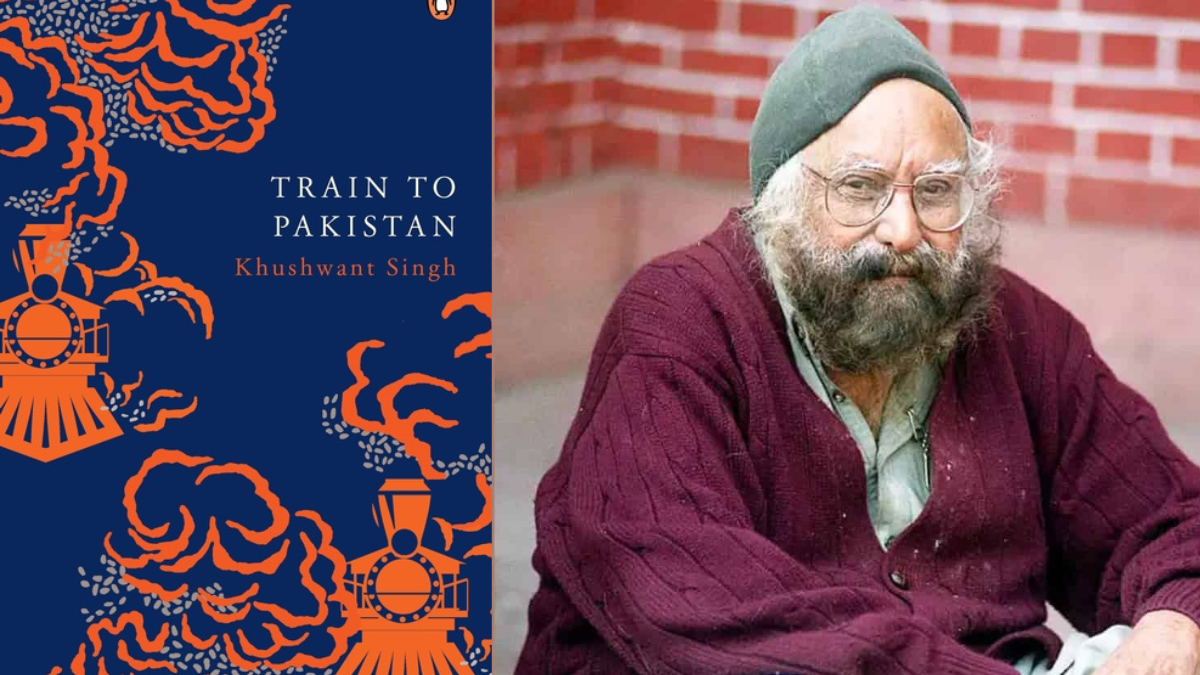India after independence created a different kind of space for women in India. They were stuck in limbo between tradition and modernity, restrained by societal norms yet rebelling against them in small ways. Through her novels and short stories, Shashi Deshpande depicts this tussle that trapped many middle-class women during the late twentieth century.
In the collection The Intrusion and Other Stories, the protagonists are women of different contexts, yet dealing with a similar quandary. They are mothers, daughters, and wives, and we are given a chance to witness their thoughts. These women are not extraordinary. In fact, it is their ordinariness that pulls the reader in. Their problems are not fantastic; they are very real and they could happen to anyone. The constricting, patriarchal set-up that Deshpande’s protagonists inhabit resonates with the reader even now, more than thirty years after the publishing of this collection. It is through her deft depiction of the plight of the common woman that Deshpande keeps her readers hooked.
Woman writer?
Shashi Deshpande is an author from Karnataka whose first novel The Dark Holds No Terror was published in 1980. Most of her works, especially her early novels and short stories, deal with women’s issues. However, Deshpande finds the label of “woman writer” a little misleading. She argues that it forces her writing into a box that it is not allowed out of.
‘Why is the word ‘woman’ necessary? Do I, as a writer, have to always carry my identity tag of ‘woman’ round my neck? Why is it relevant? Would the phrase ‘male writer’ have been used for a man? The fact is that one is always put in the context not of writers but of women writers. This kind of ghettoisation makes me angry.‘ (Deshpande, 108)
Shashi Deshpande is an author from Karnataka whose first novel The Dark Holds No Terror was published in 1980. Most of her works, especially her early novels and short stories, deal with women’s issues.
She admits that she does write about womanhood and society’s expectations for women. However, by categorising her as a “woman writer”, she argues that a lot of other aspects, human issues, are ignored.
Exploring the ‘new woman’ in independent India
In this particular collection, Deshpande weaves little vignettes that explore women’s dilemmas and desires, portraying the conflict between individual freedom and societal expectations. As the women contemplate their individuality and identity, Rashmi Yogi argues that Deshpande introduces the concept of “new woman” through them. First introduced by Henry James, the term “new woman” signifies a woman who tries to speak up and break the silence. Nazneen Khan argues that the self-assertion of the women in this collection is milder. She notes that “incipient feminism” is an integral part of all of these short stories.
Deshpande’s protagonists are women who are acutely aware of their position in society and those who want to break out of such a mould. At the same time, their defiance of patriarchy is accompanied by apprehension and fear. They feel guilty about abandoning their specified roles even while attempting to assert themselves. They endure a world that is not fully pleasant and peaceful because they live in a compromise with society.
Marriage as a site of patriarchal control of women
Deshpande explores various relationships through this short story collection. The most frequent is the relationship between a wife and a husband. The insensitive, inattentive husband is a recurring character. Sometimes the insensitivity morphs into the absolute force of his will on the wife, as in the titular story ‘The Intrusion’. It depicts a couple on their honeymoon, and the husband wants to consummate their marriage. But the wife wants them to get to know each other first. Her opinion is quashed, and her husband assaults her.
The story clearly portrays the pain and humiliation of the protagonist and in this sense, it is one of the more powerful stories in the collection. In other stories, the husband’s uncaring nature is subtler. ‘The Stone Women’ talks about a newlywed couple who visit a temple. Looking at the stone carvings of women, something awakens in her. She has been trying to mould herself according to her husband’s wishes — stop humming Hindi songs and wear clothes he approves of. But the temple visit changes things. She declares that she’s comfortable in the clothes she’s wearing, and continues to hum the songs she likes. Deshpande’s characters rebel in these little ways.
In ‘A Wall is Safer’, lawyer Hema gives up her work and Bombay life to move with her husband Vasant to a remote agricultural research station. Her friend Sushama’s visit ruffles feathers but things don’t change. If Hema is a self-effacing protagonist, then Jayu from ‘It Was The Nightingale’ is on the other end of the spectrum. She chooses to go abroad for a couple of years and prioritises her ambition despite her husband’s reluctance. Though he does not refuse, his displeasure is evident.
In ‘A Wall is Safer’, lawyer Hema gives up her work and Bombay life to move with her husband Vasant to a remote agricultural research station.
Another story with an uncaring, absent husband is ‘An Antidote to Boredom’. The spouses in this story are so distant that the protagonist begins to regularly meet up with a widower whose child studies at her son’s school. Ultimately, though, she chooses domestic harmony and stays with her husband, primarily for the sake of her son. Therefore, Deshpande portrays various wives dealing with their own dilemmas in different ways.
Mother-daughter relationships and representing womanhood
Another important relationship is the mother-daughter bond. In most stories, this is a taut relationship, where both parties are slightly awkward with each other. The mother almost always tries to reach out and smooth things out. ‘My Beloved Charioteer’ centres a mother and daughter, who are both widows, living together. Their relationship is fraught, initially, but ends with them becoming closer. ‘Why a Robin?’ shows a mother trying to build an amicable bond with her daughter, in whose eyes she is second place to the father, who is smart and knows everything. Deshpande also includes a few mythological retellings from the Mahabharata which round up the collection nicely.
By exploring such diverse but interconnected themes, Deshpande aims to bring together the experiences of middle-class Indian women and the struggles they face daily. She represents how it may seem easy to overcome these struggles and assert one’s independence but how hard it is practically to do so. She perfectly captures the circumstances of women like herself, like anyone else. These are stories of women who want to bend the norm, not break it, of women who want to stay invisible but carve a space for themselves nevertheless.
References:
Bamane, Sujata. ‘The Self – Effacing Role of Woman in Shashi Deshpande’s Selected Short Stories’. Linguistics and Literature Studies, no. 6, 2014.
Chakravarty, Joya. ‘A Post Colonial Analysis of a Few of Shashi Deshpande’s Novels’. Perspectives on Indian English Fiction, 1st ed., Sarup & Sons, 2006, p. 372.
Deshpande, Shashi. The Intrusion and Other Stories. Penguin India, 1993.
Deshpande, Shashi. ‘Of Concerns, Of Anxieties’. Indian Literature, vol. 39, no. 5 (175), 1996, pp. 103–10. JSTOR.
Khan, Nazneen. ‘Feminist Sensibility in Shashi Deshpande’s the Intrusion and Other Stories’. Feminist Sensibility in Shashi Deshpande’s the Intrusion and Other Stories, vol. 3, no. 2, 30 Mar. 2006.
Yogi, Rashmi. ‘Anonymous Narrators’ Journey with Silence: Observations on Shashi Deshpande’s “The Liberated Woman” and “The Intrusion”‘. IIS Journal of Arts, vol. 12, no. 1 & 2, 2023, pp. 197–205.
About the author(s)
Samhita is a final year student of English Studies at IIT Madras. She enjoys reading, and especially loves engaging with women's fiction, as part of her academic research as well. She's a huge fan of sudokus, crosswords, and all sorts of puzzles.
